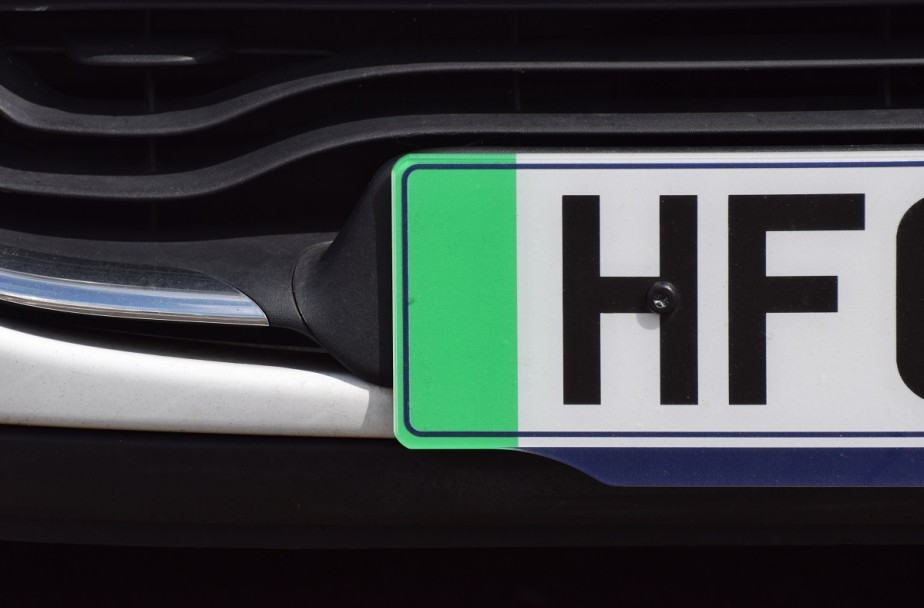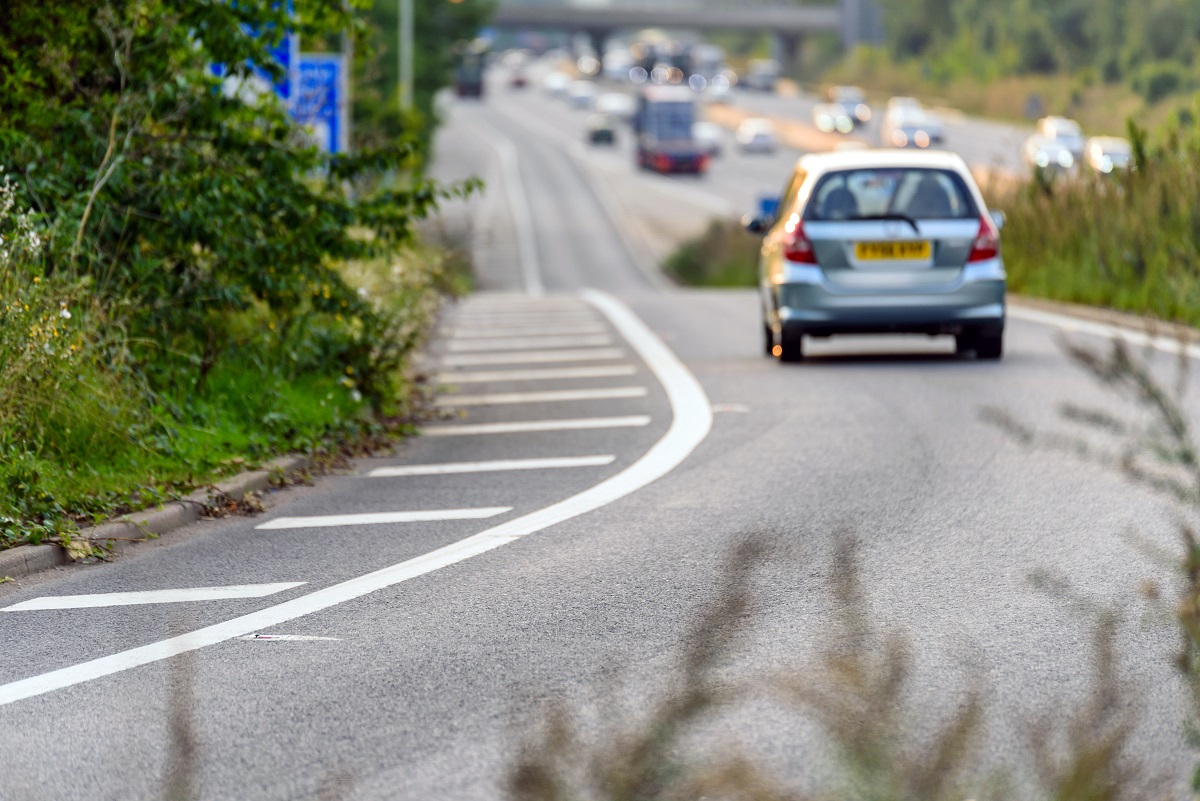A UK vehicle number plate, also known as a registration plate or license plate, is a combination of letters and numbers that are unique to a specific vehicle. Number plates mean that all vehicles can be traced in the event of an accident or other incident. Registration plates provide all sorts of valuable information and in this guide, we reveal how to read UK number plates, breaking down registration plate area codes and the full UK car number plate format.
UK number plates explained
The first two letters
The first two letters of a UK vehicle number plate are called the "local memory tag." These letters indicate where the vehicle was first registered. For example, a vehicle registered in London would have a local memory tag of “LA”, while a vehicle registered in Manchester would have a "MA" local memory tag.
UK number plate area codes:
- A - Anglia
- B - Birmingham
- C - Cymru
- D - Deeside
- E - Essex
- F - Forest and Fens
- G - Garden of England
- H - Hampshire and Dorset
- K - No official region
- L - London
- M - Manchester and Merseyside
- N - North
- O - Oxford
- P - Preston
- R - Reading
- S - Scotland
- V - Severn Valley
- W - West of England
- Y - Yorkshire
The numbers
The next two numbers on a registration plate are called the “age identifier”. These letters indicate when the vehicle was registered. The age identifier changes every six months, on the 1st of March and the 1st of September. If we take 2022 as an example, from 1st March, the number on the plate would be 22. If the car was registered after 1st September, the number would be 72.
Recent UK number plate age codes:
- March 2015 – Aug 2015: 15
- Sept 2015 – Feb 2016: 65
- March 2016 – Aug 2016: 16
- Sept 2016 – Feb 2017: 66
- March 2017 – Aug 2017: 17
- Sept 2017 – Feb 2018: 67
- March 2018 – Aug 2018: 18
- Sept 2018 – Feb 2019: 68
- March 2019 – Aug 2019: 19
- Sept 2019 – Feb 2020: 69
- March 2020 – Aug 2020: 20
- Sept 2020 – Feb 2021: 70
- March 2021 – Aug 2021: 21
- Sept 2021 – Feb 2022: 71
- March 2022 – Aug 2022: 22
- Sept 2022 – Feb 2023: 72
The last three letters
The final three letters on UK number plates are random and make up the rest of the number plate. The letters I and Q are not used because they can be confused with 1, 0, and O.
You can read more about number plates on the government’s website and you can find the full UK car number plate format, including all of the car reg area codes, in this DVLA document.
What does the green strip mean on some number plates?

Some UK number plates feature a green strip down the left-hand side. This identifies zero-emission cars to help authorities recognise electric vehicles that may be eligible for cheaper parking, priority parking or use of specific lanes, exemptions from taxes like London’s Ultra Low Emission Zone etc.
What does the blue strip mean on some number plates?
Before Brexit, some plates were issued with a blue strip down the left-hand side, featuring the EU logo and ‘GB’ underneath. Now that the UK has left the EU, these plates are no longer available for new cars but are still legal if already fitted.
Why do we have registration plates?
Since 1904, it has been mandatory for all motor vehicles to be registered with an official vehicle register and to display license plates consisting of a combination of numbers and letters. This requirement allows all vehicles to be tracked in cases of accidents, theft, or any violation of the law.
How to display a number plate correctly
It is essential that number plates display your registration number correctly. It is illegal to rearrange the numbers or to alter a plate so that it is hard to read.
There are a number of Driver Vehicle Licensing Agency rules for displaying number plates, which you can see below.
Number plates must:
- be made from a reflective material
- display black characters on a white background (front plate)
- display black characters on a yellow background (rear plate)
- not have a background pattern
- be marked to show who supplied the number plate
- be marked with a British Standard number - this is ‘BS AU 145e’ for plates fitted after 1 September 2021
READ ALSO: How can a number plate fail an MOT?
How to get a private plate
If you fancy breaking the mould a little with a personalised number plate, it is easy to do so. Simply search for a private plate for sale via a reputable number plate supplier, select your chosen number plate and fill in your personal details.
Here at Right Reg, we are experts in personalised private plates. If you have any questions about acquiring your own unique plate, please get in touch.
We hope this insight into the meaning of number plates in the UK has been helpful. For more tips, guides, and advice, make sure to visit our news page.


